As mentioned in a previous article, Joram van Essen was the "Winner of the Great Honor Award"/the grand championship of "Das Grosse Turnier in Sankt Wendel"/"The Grand Tournament in Sankt Wendel"(GTSW).
According to "The Knights" page of the official GTSW website:
Joram was kind enough to answer a few questions about his involvement in the tournament.
How did you become involved with “The Grand Tournament of Sankt Wendel”(GTSW)?
Joram: I was contacted about two years ago by the organizer, Arne Koets, as he was looking for riders with the ability, armour and mindset to participate in this level of event.
Tell me the name of and a little about your history/relationship with the horse you rode in the GTSW.
Joram: I was introduced to the Murgese stallion Zogo di san Paolo just over a year ago at the Fürstliche Hofreitschule Bückeburg on my first visit there as part of the training preparations for the tournament. After trying him out, I was offered the chance to buy him as they thought we would make a good team.
Your company Historic Saddles made a number of the saddles that were used during the GTSW. Tell me a little about that.
Joram: There were 11 saddles made by myself present at Sankt Wendel, although due to horse/rider changes, not all of them were used at the same time. Leading up to the event in particular, I had three saddles to finish for the Norwegian competitors which kept me pretty busy for the last two weeks.
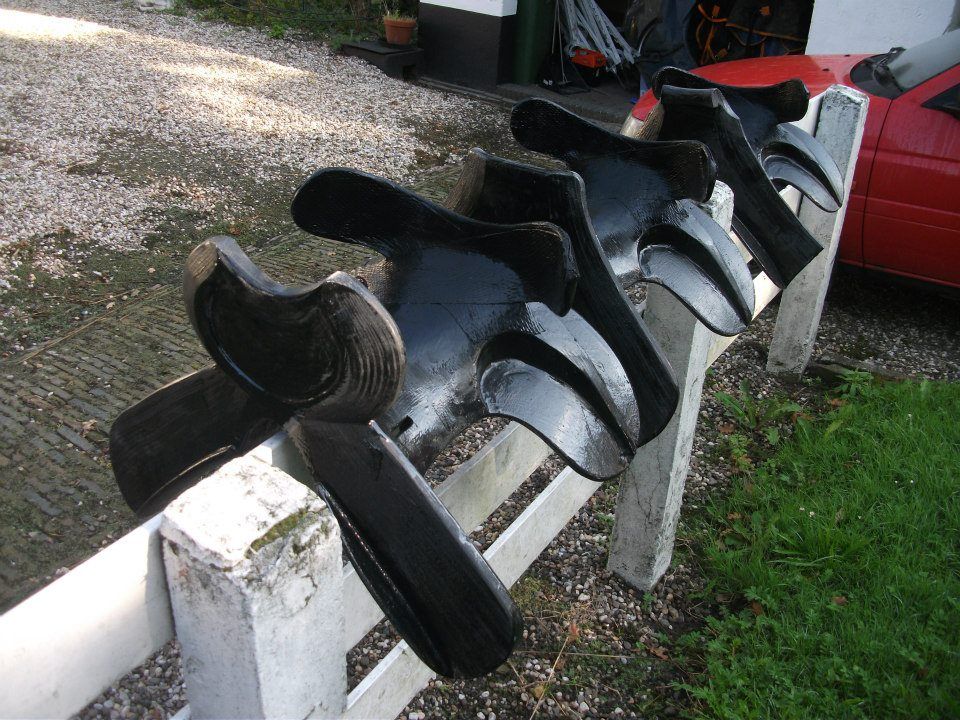
The three jousting saddles made by Joram for the Norwegian competitors at Sankt Wendel(photo by Joram van Essen/Historic Saddles)
The saddles are based on artwork of the period and surviving saddles such as the A64 saddle in the Vienna museum. One of the main features of these styles of saddle is the high cantle that wraps around the hips, making it very difficult to fall off from a large impact in the joust. I recall a couple of jousters saying if it hadn't been for the saddles, they would have come off during the event.
It was unfortunate that you were injured and unable to complete the competition. Could you please describe how you were injured?
Joram: This is the result of a steel coronel on a solid wooden lance. One of the prongs manged to get past my gauntlet, the other two being stopped by it. Nothing seriously damaged, just a tear through the skin and muscle. The end result though...
is that I will be using vamplates on the solid lances. Interestingly, you see the style of jousting we were doing illustrated in the same period and geographical location, both with and without vamplates.
Joram was injured during the last pass(at apx 3:00) between himself and Arne Koets (video by Riccardo Zanconato)
Congratulations Joram! Even though you were injured and unable to complete the competition, you were still the winner of “The Grand Tournament of Sankt Wendel”!
Joram: Despite the injury which saw me withdrawing from the final day's jousting, I had a high enough score lead and was was able to get back in time to ride in the team melee, which fortunately did not stipulate in the rules that I had to wear armour. So I rode in place of the banner bearer, which each team had assigned as a non combatant position, meaning they couldn't be hit, but were allowed to use their horse in blocking moves to help defend their team mates.
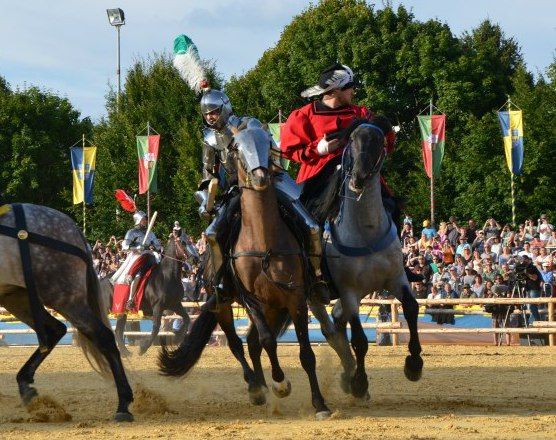
Joram(right) protects teammate Alix van Zijl(left) during the melee
(photo by Wendy Van Harten-de Bruin)
What would you like to say about/to the squires, ground crew and/or others who helped you during your participation in the GTSW?
Joram: In running such an event, a big thanks would also have to go to all the ground crew, valets, and grooms who came together as a very effective team, making it possible for the competitors to have horses ready on time, have lances to joust with and to get their armour on and off. Not to mention the water they constantly provided us with and the trips to the emergency ward for stitching us up.
What would you like to say about/to Arne Koets and the other organizers of the GTSW?
Joram: The tournament itself was organized, and ran very smoothly, and is a great credit to the dedication of Arne Koets and all the people who supported and made possible this incredible event. The competition was generally of a very high level, particularly in regards to the horsemanship shown in the melee by all the contestants. I think everyone felt that all the placings were well deserved.
According to "The Knights" page of the official GTSW website:
New Zealand born Joram van Essen, teacher and amateur historian, has had a lifetime interest in Historical Martial and Equestrian pursuits. He moved to the Netherlands in 1999 where he was a founding member of the Foundation Historical Education Initiative (Stichting HEI) that was started in 2000 to promote Historical Education in the Netherlands. An avid jouster he has competed in the international jousts at the Royal Armouries in Leeds, England, where he won the world individual championship in 2003 and the world team championships in 2003 and 2005, amongst many other jousts around the world.
Joram’s philosophy is that jousting is an Art, which requires training, dedication and team work between horse and rider.
Joram was kind enough to answer a few questions about his involvement in the tournament.
How did you become involved with “The Grand Tournament of Sankt Wendel”(GTSW)?
Joram: I was contacted about two years ago by the organizer, Arne Koets, as he was looking for riders with the ability, armour and mindset to participate in this level of event.
Tell me the name of and a little about your history/relationship with the horse you rode in the GTSW.
Joram: I was introduced to the Murgese stallion Zogo di san Paolo just over a year ago at the Fürstliche Hofreitschule Bückeburg on my first visit there as part of the training preparations for the tournament. After trying him out, I was offered the chance to buy him as they thought we would make a good team.
Your company Historic Saddles made a number of the saddles that were used during the GTSW. Tell me a little about that.
Joram: There were 11 saddles made by myself present at Sankt Wendel, although due to horse/rider changes, not all of them were used at the same time. Leading up to the event in particular, I had three saddles to finish for the Norwegian competitors which kept me pretty busy for the last two weeks.

The three jousting saddles made by Joram for the Norwegian competitors at Sankt Wendel(photo by Joram van Essen/Historic Saddles)
The saddles are based on artwork of the period and surviving saddles such as the A64 saddle in the Vienna museum. One of the main features of these styles of saddle is the high cantle that wraps around the hips, making it very difficult to fall off from a large impact in the joust. I recall a couple of jousters saying if it hadn't been for the saddles, they would have come off during the event.
It was unfortunate that you were injured and unable to complete the competition. Could you please describe how you were injured?
Joram: This is the result of a steel coronel on a solid wooden lance. One of the prongs manged to get past my gauntlet, the other two being stopped by it. Nothing seriously damaged, just a tear through the skin and muscle. The end result though...
is that I will be using vamplates on the solid lances. Interestingly, you see the style of jousting we were doing illustrated in the same period and geographical location, both with and without vamplates.
Joram was injured during the last pass(at apx 3:00) between himself and Arne Koets (video by Riccardo Zanconato)
Congratulations Joram! Even though you were injured and unable to complete the competition, you were still the winner of “The Grand Tournament of Sankt Wendel”!
Joram: Despite the injury which saw me withdrawing from the final day's jousting, I had a high enough score lead and was was able to get back in time to ride in the team melee, which fortunately did not stipulate in the rules that I had to wear armour. So I rode in place of the banner bearer, which each team had assigned as a non combatant position, meaning they couldn't be hit, but were allowed to use their horse in blocking moves to help defend their team mates.

Joram(right) protects teammate Alix van Zijl(left) during the melee
(photo by Wendy Van Harten-de Bruin)
What would you like to say about/to the squires, ground crew and/or others who helped you during your participation in the GTSW?
Joram: In running such an event, a big thanks would also have to go to all the ground crew, valets, and grooms who came together as a very effective team, making it possible for the competitors to have horses ready on time, have lances to joust with and to get their armour on and off. Not to mention the water they constantly provided us with and the trips to the emergency ward for stitching us up.
What would you like to say about/to Arne Koets and the other organizers of the GTSW?
Joram: The tournament itself was organized, and ran very smoothly, and is a great credit to the dedication of Arne Koets and all the people who supported and made possible this incredible event. The competition was generally of a very high level, particularly in regards to the horsemanship shown in the melee by all the contestants. I think everyone felt that all the placings were well deserved.

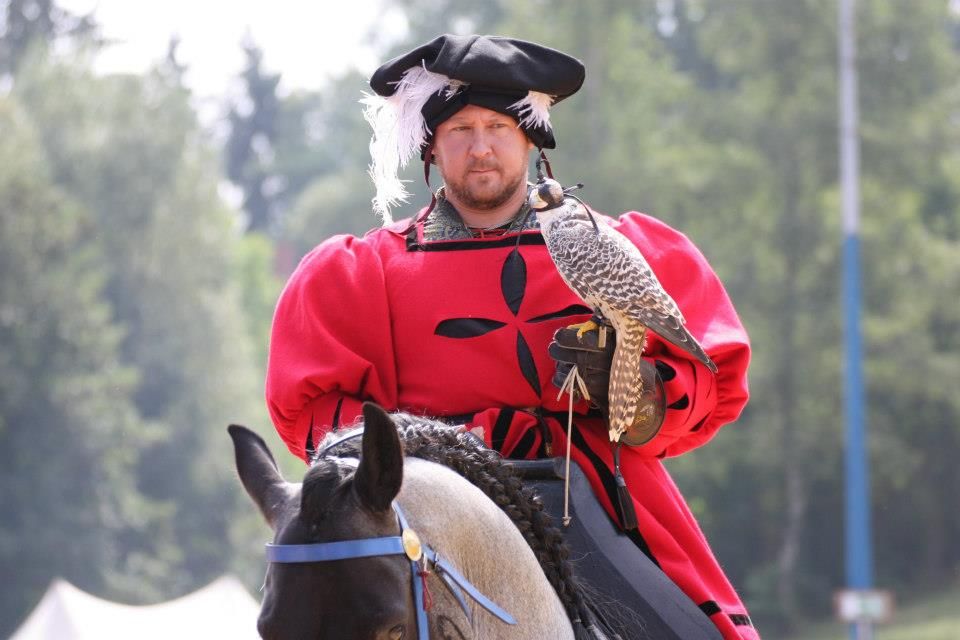
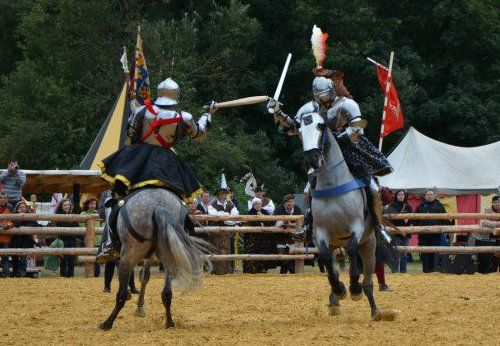
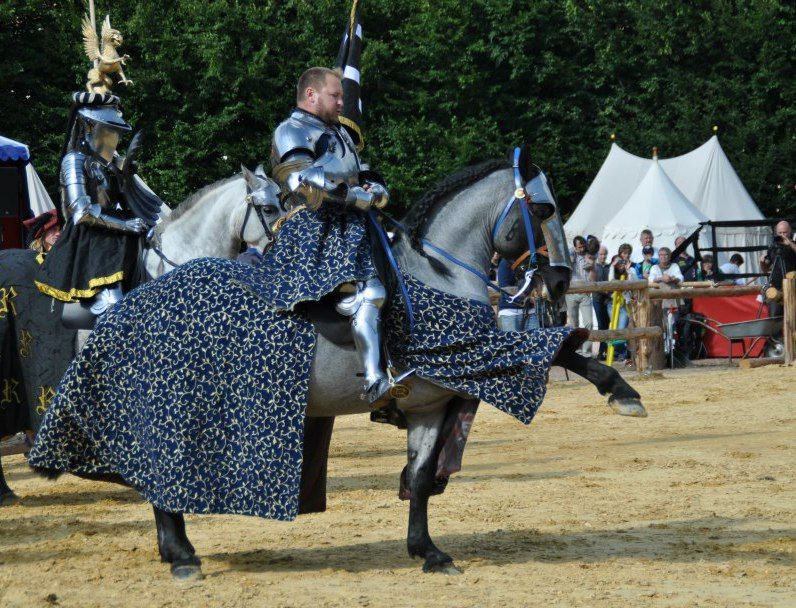
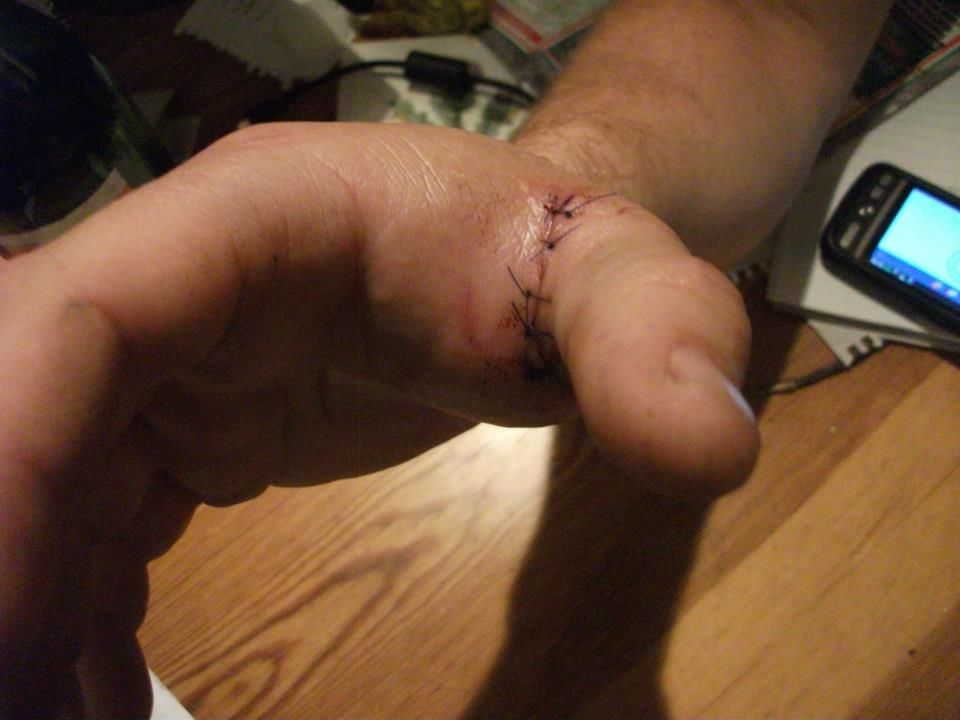
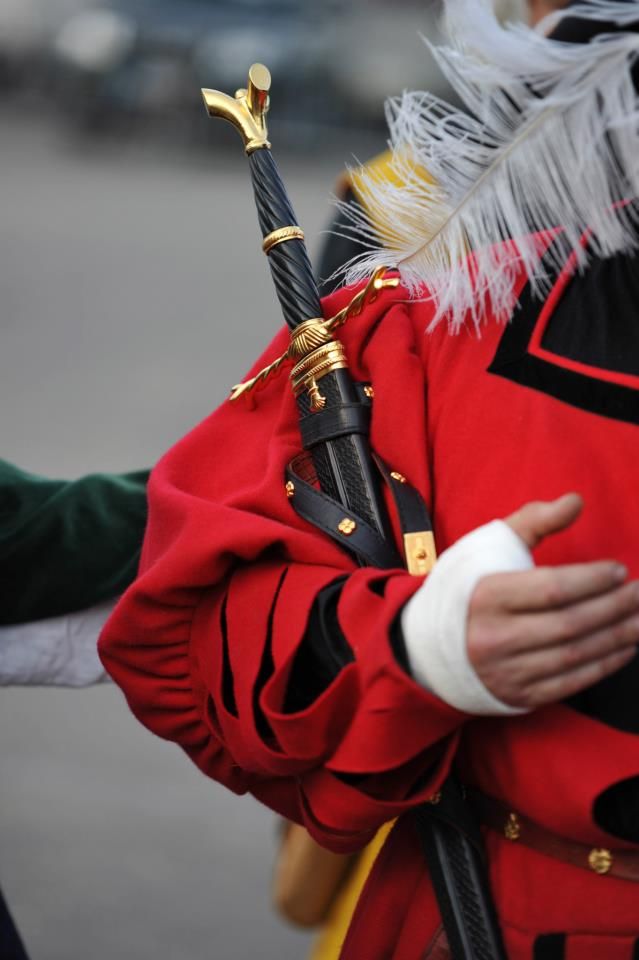
Click Here for Your Success:
ReplyDelete220-1102 Practice Test